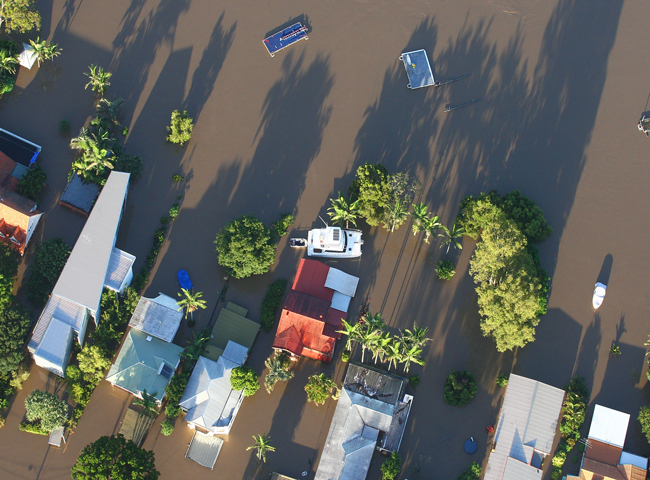Australia’s summer of rain
Severe floods and tropical cyclones ensured this season was one of the wettest ever for Australia.

 |
| Queensland suffered the worst floods in decades yet had only its sixth wettest summer on record. [GETTY] |
After a summer of severe floods, the statistics now confirm our suspicions: It has been one of the wettest Australian summers on record.
Although autumn officially starts on the Equinox, which this year is March 20, most meteorological organisations class March 1 as the end of the season. Therefore, the Bureau of Meteorological Organisation has already released its figures for the summer and it proves it was a wet one.
Keep reading
list of 4 itemsTurtles swimming to extinction in Malaysia as male hatchlings feel heat
Could shipping containers be the answer to Ghana’s housing crisis?
Thousands protest against over-tourism in Spain’s Canary Islands
As a whole, the country had its second wettest summer ever. On average there was 354.7mm of rain, which is 70 per cent above the average. Only one summer has been wetter than this and that was the summer of 1973-74, which had a phenomenal 419.8mm, just over twice the average.
The State-by-State totals show more variation. Queensland, which was slammed by Tropical Cyclone Yasi and reported the worst of the flooding, actually only had its sixth wettest summer. Victoria suffered its wettest ever summer, Western Australia its second wettest and South Australia its third. It was also a cold season, with the average temperatures at their lowest since 2001.
The reason for all of this rain was La Nina, a slight cooling of the surface waters of the Pacific. It has been one of the strongest La Nina events on record, even though the temperatures have only dropped less than 2C. A subtle change then, but with dramatic consequences throughout the globe. La Nina has been responsible for flooding in many other countries including Sri Lanka, South Africa, the Philippines and, of course, Australia.
The La Nina conditions are now easing, but it will take a good few months for the waters to return to ‘normal’ or ‘neutral’. This means that weather will slowly calm down, but it has not stopped raining yet.
As I write this, heavy rain is still falling in South Australia, with the risk of severe thunderstorms. Adelaide has just reported 30.2mm rain in the 24 hours up to 9am on Tuesday. This might not seem much, but the city would normally see just 25mm rain in the whole month of March.
Violent thunderstorms have been seen in the northeastern parts of the State, but the system is moving away, into northwestern Victoria. South Australia is forecast to be mostly dry for Wednesday, but it will turn very wet in Victoria and New South Wales in the next few days. Northwestern parts of Victoria could even see some minor flooding.
Summer may be over, but the rain has not stopped yet.